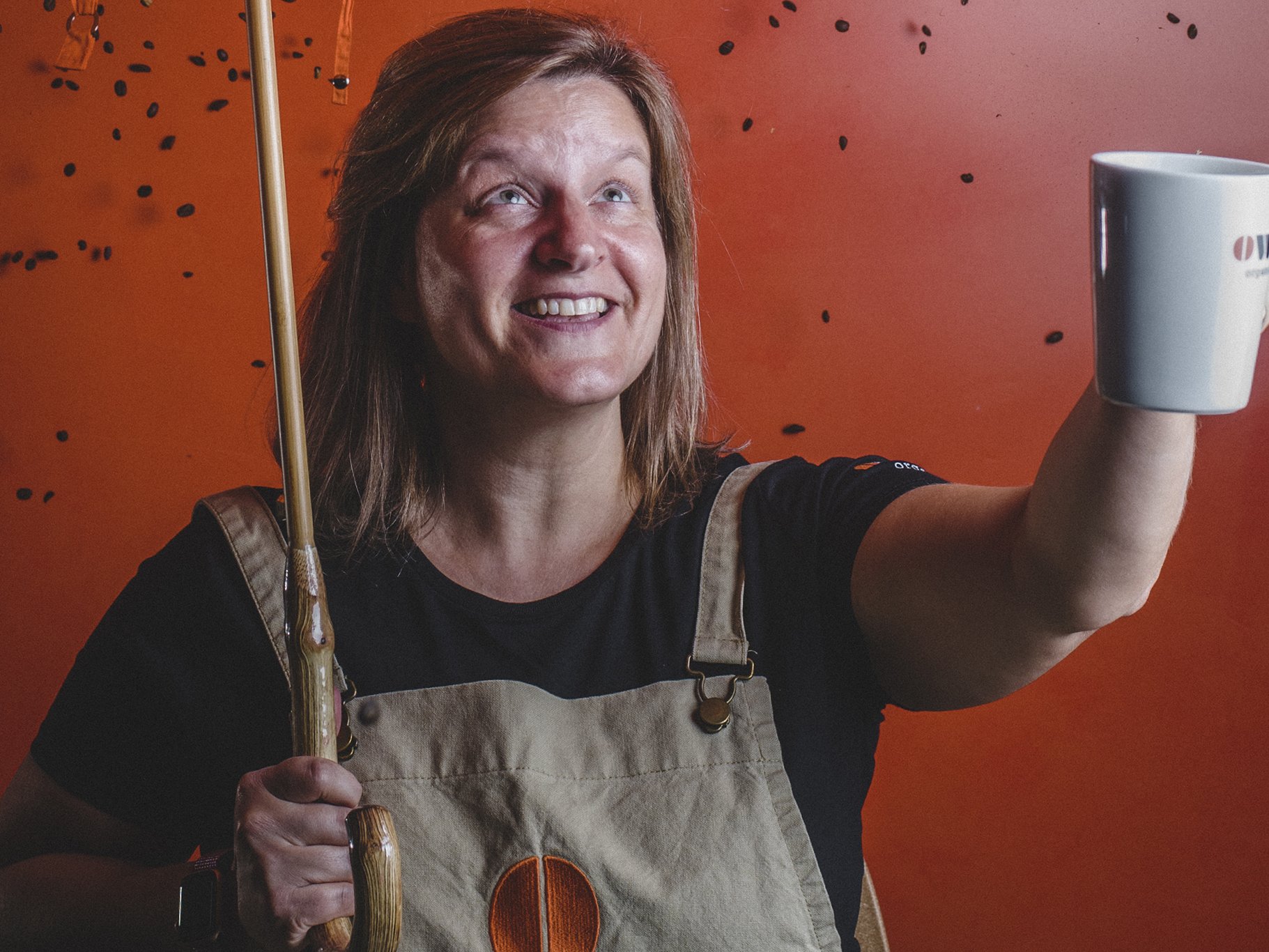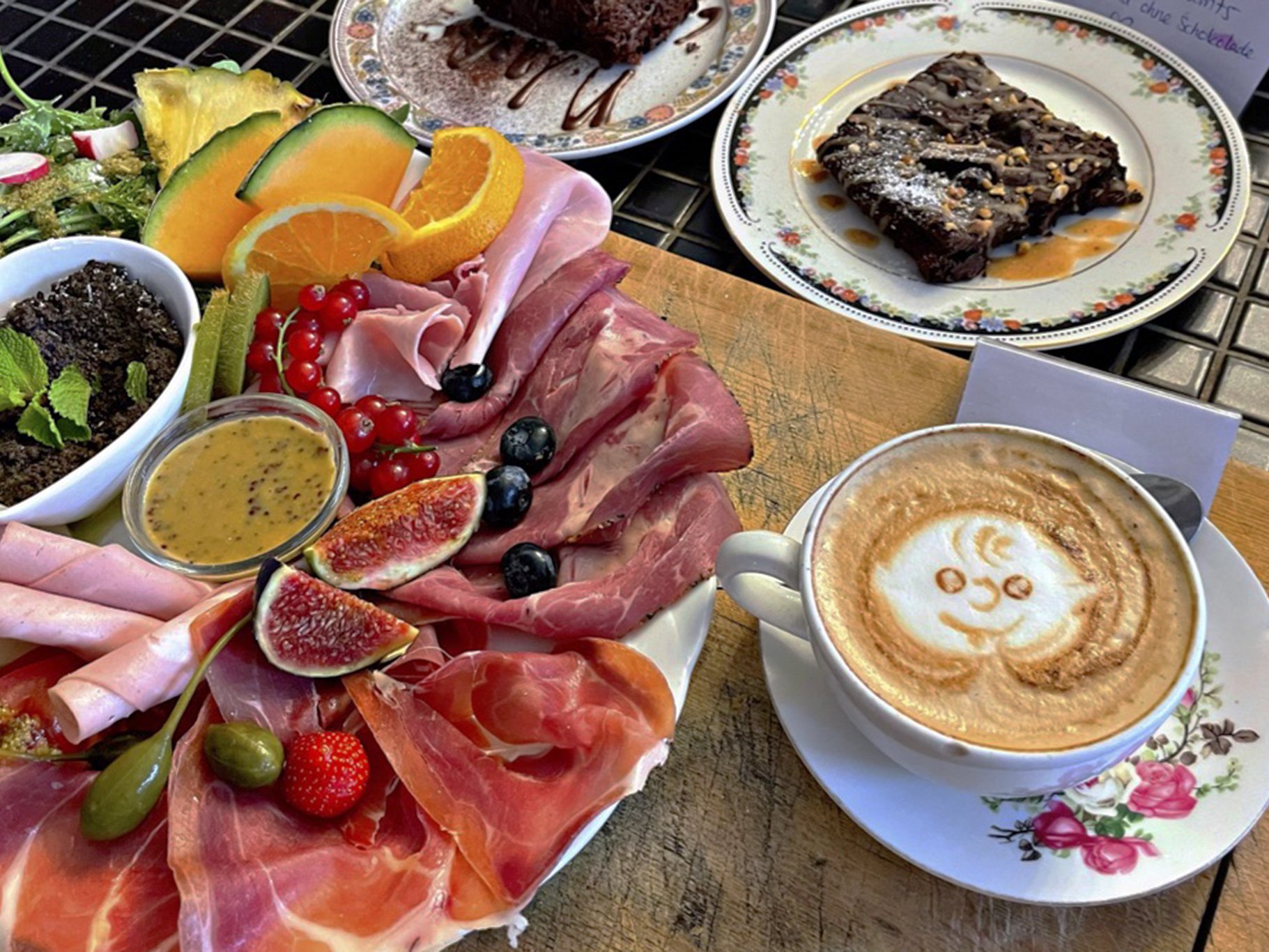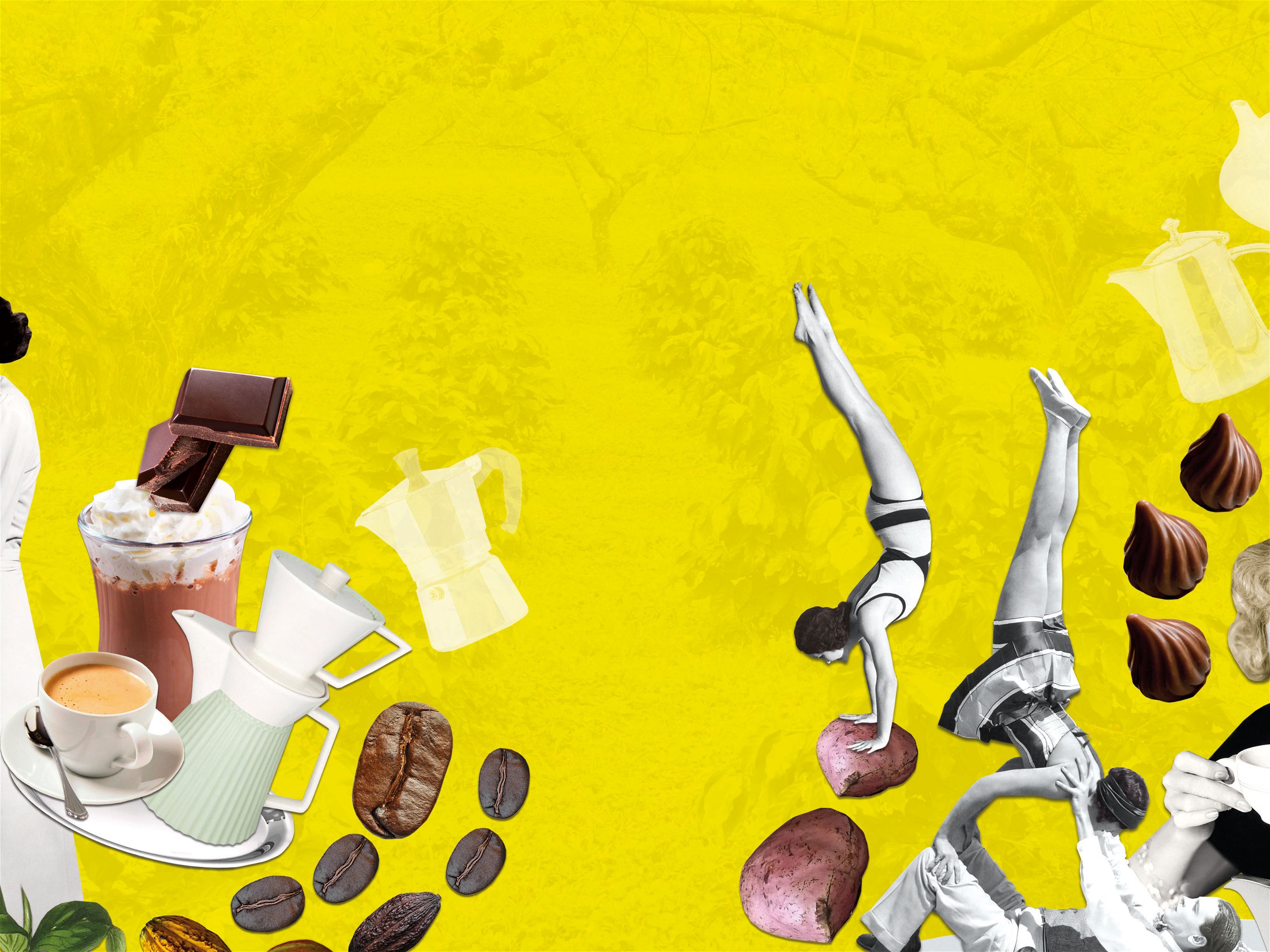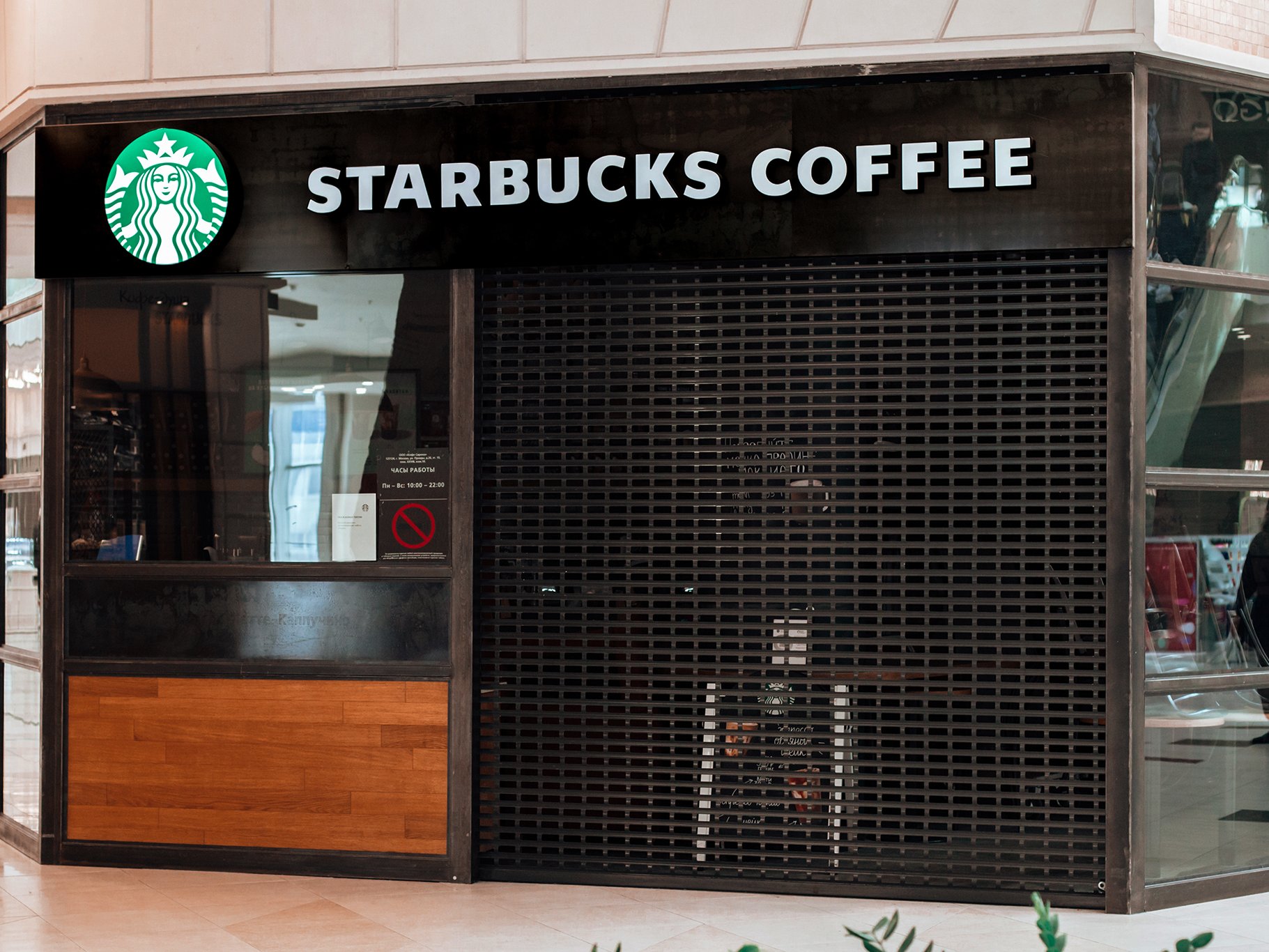Civet coffee: the dark side of the world's most expensive coffee
Kopi Luwak – also known as civet coffee – is considered the most expensive coffee in the world, but there is a dark side to its production.
“Kopi Luwak” is the name of the coffee variety that is considered the most expensive in the world. However, the production has been thought of as highly controversial for many years, and animal protection organisations warn against buying it.
Animal cruelty for the most expensive coffee
The variety is often called “civet coffee”, “civet cat coffee”, or just “cat coffee”. It is made from excreted coffee cherries. The Asian palm civet (Paradoxurus hermaphroditus), a civet species living in Asia, feeds on coffee cherries, among other things. Through fermentation in the stomach of the animals, the coffee is “refined”, so to speak. The animal is also known as a toddy cat or musang. However, it is a civet, not a cat – civets are more closely related to mongooses. However, as it looks a bit like a cat, it has been called after this familiar pet. Kopi Luwak is produced on the Indonesian islands of Bali, Sumatra, Java and Sulawesi. It is also known in the Philippines, where it is called “Kape Motit”, “Kape Musang” or “Kape Alamid”.
Initially, coffee farmers collected the excrement of wild spotted musangs and used it to produce fine coffee – but this has changed in recent years. Now, many spotted musangs live in captivity and are fed exclusively on coffee cherries to boost coffee production. For the animals, this means a life under torturous conditions, which tourists in particular, to whom the coffee is often offered, are not supposed to know about. More and more wild animals are caught and kept in small cages.
Prices skyrocket
Apparently, this does not harm the demand for Kopi Luwak. Prices have been rising rapidly for years. In the meantime, the price per kilo can reach several hundred euros, and the speciality is in great demand in countries such as Indonesia, Vietnam and Cambodia. The prices recently went up to more than 1200 euros for wild-collected beans. However, it is difficult to distinguish between beans from farms and those from wild animals.












